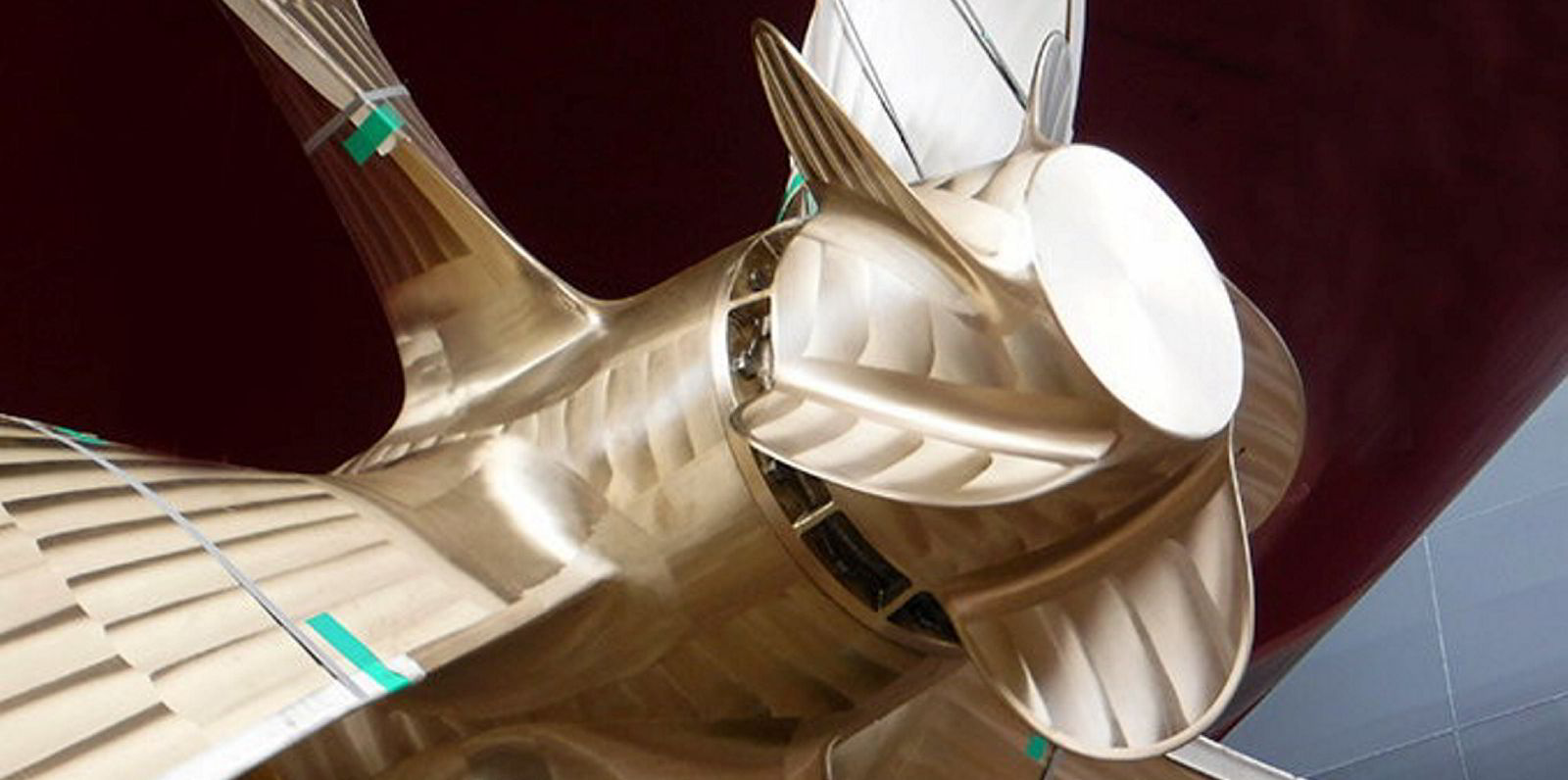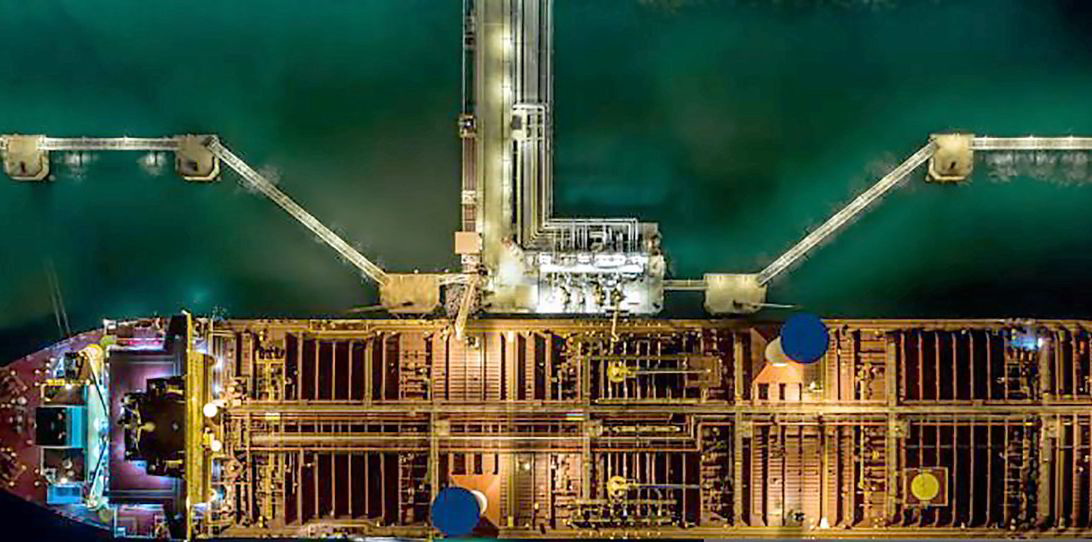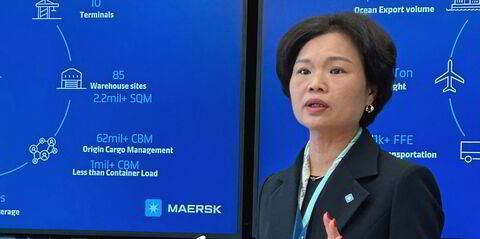It could be 10 times cheaper for shipping to invest in fuel efficiency than paying for alternative fuels.
The ratio comes from a report by the Copenhagen-based Maersk Mc-Kinney Moller Center for Zero Carbon Shipping.
It has crunched the numbers based on the targets and checkpoints agreed on under the International Maritime Organization’s revised greenhouse gas strategy; the cost of the fuels and technologies; and factors such as the efficiency losses of alternative fuels — from the wind turbines generating green electricity to the fuel being burned in an engine.
The Maersk Mc-Kinney Moller Center said the industry will need investments of between $200bn and $300bn to produce enough new fuels to meet its 2030 checkpoint target as set out in the IMO updated strategy.
It will be, it said, far cheaper to invest in technology now to make existing vessels and newbuildings more efficient, than to use the new fuels — a ratio of 1:10 cheaper.
Shipping is still going to need alternative fuel — a lot of it — Daniel Barcarolo, lead author of the report, told TradeWinds, adding that policymakers need to remain focused on all the industry’s targets, not just on one or the other.
He pointed to existing technologies and digital solutions that have begun to be used by some shipping companies, but not widely, including propeller boss cap fins, ducts, modern hull coatings and digital tools such as voyage performance and trim optimisation that have relatively low capital expenditure but can give significant fuel savings.
Meeting the dates
The IMO has set two indicative checkpoint dates, 2030 and 2040, as well as levels of ambition within the transition to net zero by 2050.
By 2030, the industry should have adopted energy-saving and near-zero technologies to represent at least 5% of the energy used, with a carbon intensity reduction of 40% compared with 2008.
The indicative checkpoint is for an absolute emissions reduction of 20%, though aiming for 30%, compared with 2008 emissions.

Barcarolo said the industry needs to focus on all these points, and for those later in the transition, simultaneously, and think about energy efficiencies to save money on fuel now and in the future.
The 2030 targets will mean more investment in solutions such as wind assist technologies, underwater lubrication, advanced hull coatings, propeller and rudder area appendages, and bulbous bow designs, he said.
The centre estimates that in 2021, the equivalent of 814m tonnes of CO2 was emitted on a well-to-wake basis from shipping, representing 8.8 exajoules in energy demand.
By applying trade growth scenarios, it has calculated the amount of energy reduction needed to reach the multiple checkpoints and goals.
Shipping would need to reduce or convert to zero or near-zero emissions an additional 30m tonnes of very low sulphur fuel oil-equivalent energy to meet the indicative checkpoint of 30% in 2030.
By assessing the cost of fuel production, and, importantly, the amount of energy lost in the production and supply chain of alternative fuels, the centre has calculated that every dollar spent on energy savings will result in 10 times that amount being saved in fuel supply.
Barcarolo said more costly solutions that have less maturity in the market, such as air lubrication systems under the hull and wind technology, would still be beneficial, but at the moment their benefit ratio is more like 1:4 than 1:10.



